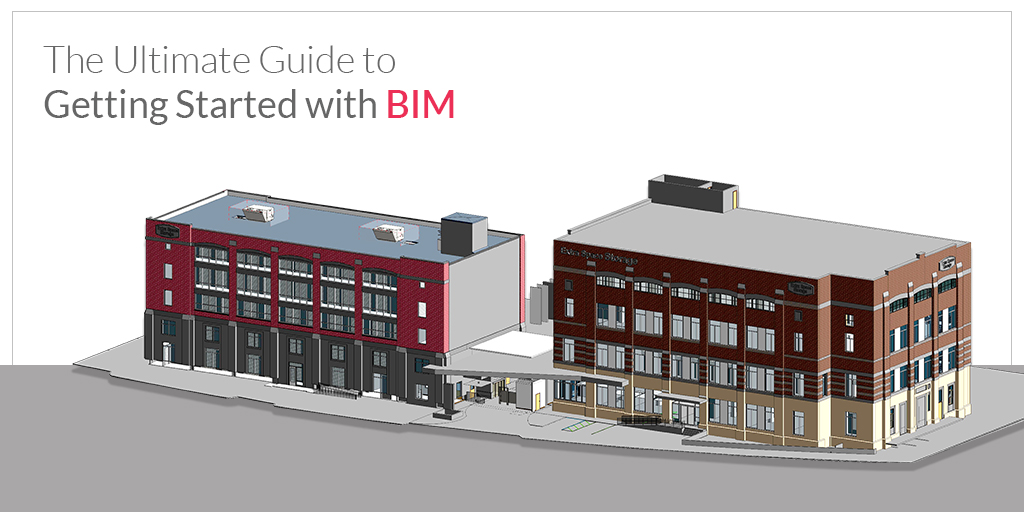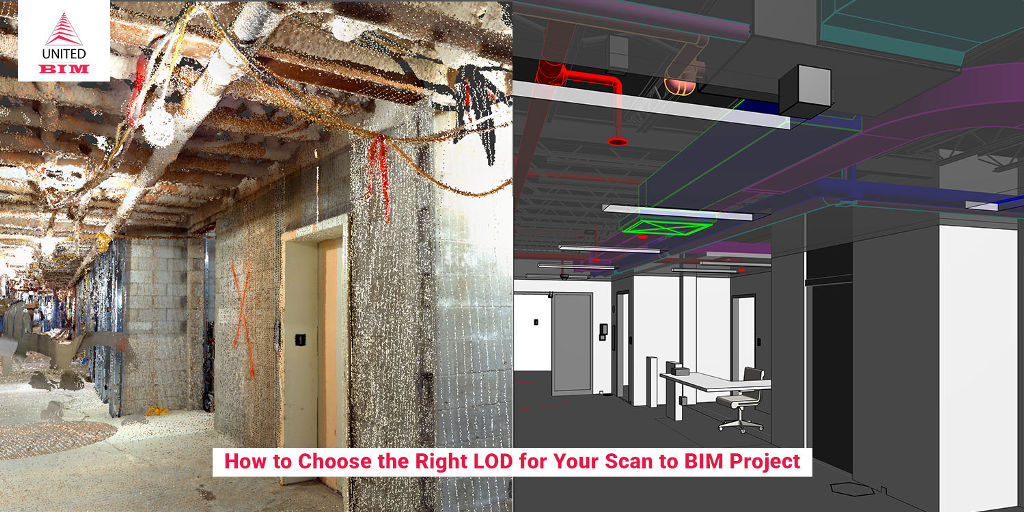Last updated on: January 2, 2025
Building Information Modeling (BIM) is transforming the conventional AEC industry around the globe. BIM involves the creation of a collaborative model for efficient design, documentation, coordination, visualization and collaboration. With the help of BIM, AEC professionals can efficiently deal with several challenges associated with design and construction processes.
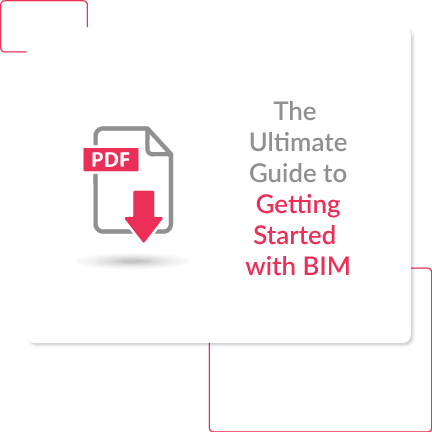
No worries. Let us send you a copy so you can read it when it’s convenient for you. Just let us know where to send it.
BIM helps stakeholders in making informed decisions by improving communication and collaboration between teams. According to an industry report, 87% of BIM users revealed that they received positive benefits of BIM implementation and BIM helped them in:
- Reducing errors
- Accurately predict the cost of the project
- Enhance their understanding of the project
- Designing a project optimally
- Setting transparent timelines
- Improving project scheduling efforts
BIM-based workflow can be extremely beneficial for modern AEC firms but in order to effectively implement BIM, the entire organization needs to adopt a structured approach. The first step to getting started with BIM is to deal with bias and the fear of transition from a conventional approach.
Read more about What is BIM (Building Information Modeling)?
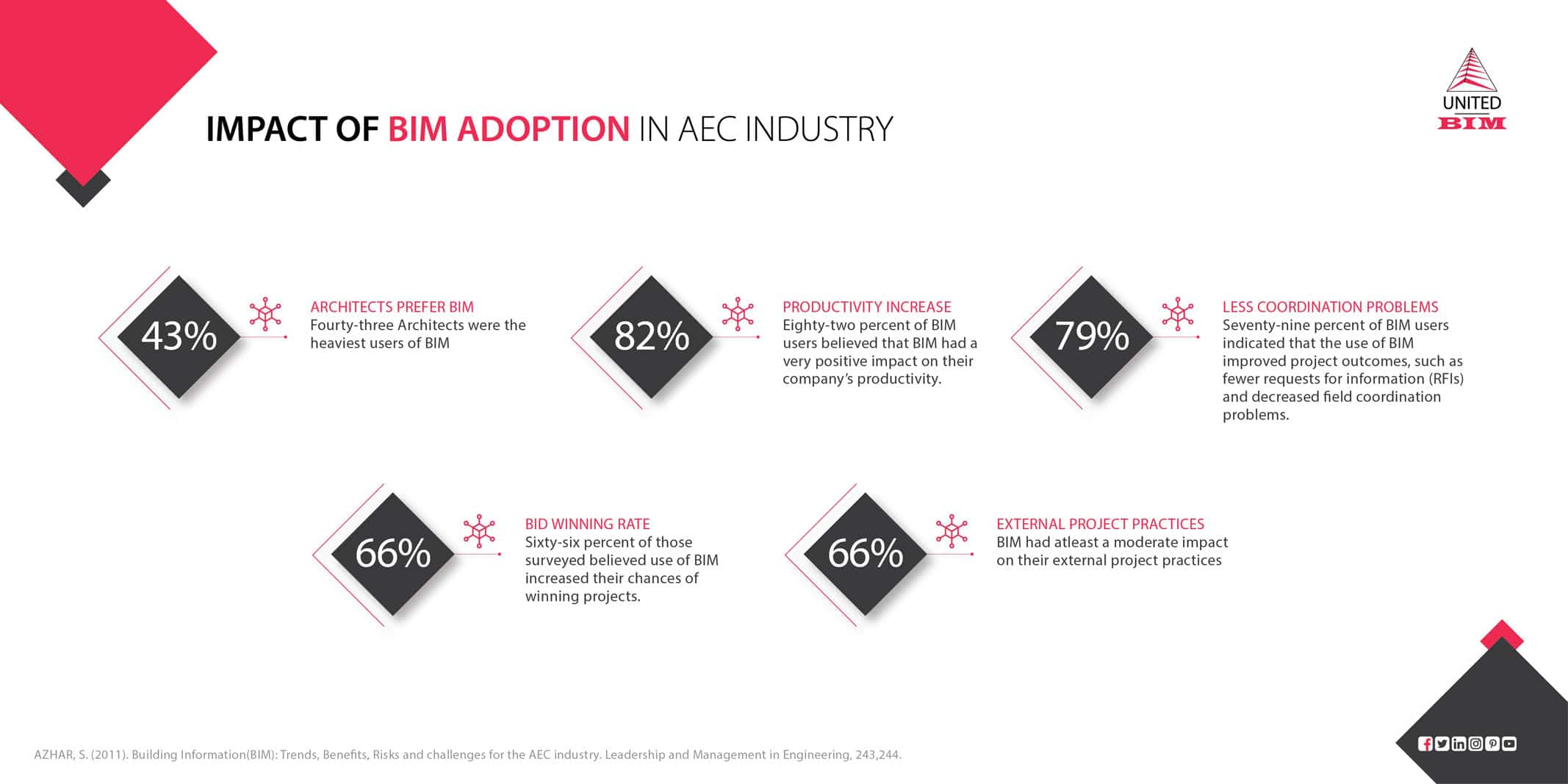
Fear of Transition in AEC Professionals
One of the biggest challenges modern firms face during any transition phase is the resistance of their staff members to change. BIM adoption is a major shift from your existing model that will require support from all the stakeholders. Most importantly, your staff members, management, and support teams must be open to the idea of BIM adoption and overcoming barriers to BIM adoption in the AEC industry.
Change management is something an organization should prepare when thinking about BIM implementation. This can be effectively done by:
- Understanding the BIM process thoroughly. This might involve appointing two or more individuals from your team to learn more about BIM and how the process works. This self-induced training might encourage everyone within the organization for a seamless transition to a BIM-based process.
- Communicating change through appropriate channels is also an important part of dealing with resistance. As humans are susceptible to the idea of change, making them understand the importance of BIM adoption thoroughly through a clear vision will make them more comfortable with the idea.
- Creating a change management plan that documents the workflows, training requirements, and schedule and support plan.
While thinking of migrating to BIM, change management is extremely critical and this can be done by starting small and gradually building up capabilities for large-scale adoption. This way changes in the workflow would be easier to adopt for your team members.
Dealing with Transition Fear through Dynamic BIM Vision & Leadership
For a smoother transition within any organization, it is important to adopt a top-down strategy. The management should set a realistic and clear vision for the future course of action and should drive change through strategic efforts.
Clear vision and leadership are essential for BIM implementation to eliminate the feeling of fear of transition. When it comes to BIM adoption, the vision should:
- Outline the goals to be achieved through BIM adoption
- Fundamental elements of transition
- Outline how the evolution would appear at various life stages of a project
Tip: Referring to established standards for BIM implementation and best practices is the best way to define an organizational vision towards BIM adoption.
The vision statement shouldn’t be a plain statement. Instead, it should inform the stakeholders about what BIM will mean for the organization in the future. Essentially, the vision statement should:
- Be highly inspirational and futuristic
- Educate stakeholders at every level within the organization
- Define the who, what, why, where and when of every process within the organization
- Set clear milestones and accomplishment criteria for seamless implementation
The process of defining a vision statement should be entrusted with the organizational leadership who should translate the vision into actionable insights for everyone.
Subscribe to Our Newsletter
* We don’t share your personal info with anyone. Check out our Privacy Policy for more information.
Moving Ahead with BIM Implementation
Once everyone has been groomed about change management and a clear vision is set, its time to move on to the specifics of BIM implementation. The process should essentially include the following activities:
- Selecting the Pilot Project
Choosing a pilot project is one of the most crucial steps associated with BIM adoption. Though there are a number of approaches to selecting a pilot project, you should go with something that has the minimum risk of failure.
You can either create a fictitious project or start a past project with BIM for a clear comparison. If you feel adequately prepared, you can even go with a live project. But every choice must be made keeping in mind the risk levels you can manage effectively.
If you’re going with a live project, it is better to pitch BIM to a client who is open to new technologies and has a basic understanding of BIM models.
Your pilot would serve as a benchmark for all the stages associated with BIM and everything should be documented at every step while working on a pilot project. Though a change from the existing process to BIM-based process would lead to an initial dip in productivity, once your team gets hold of everything, the benefits will be enormous.
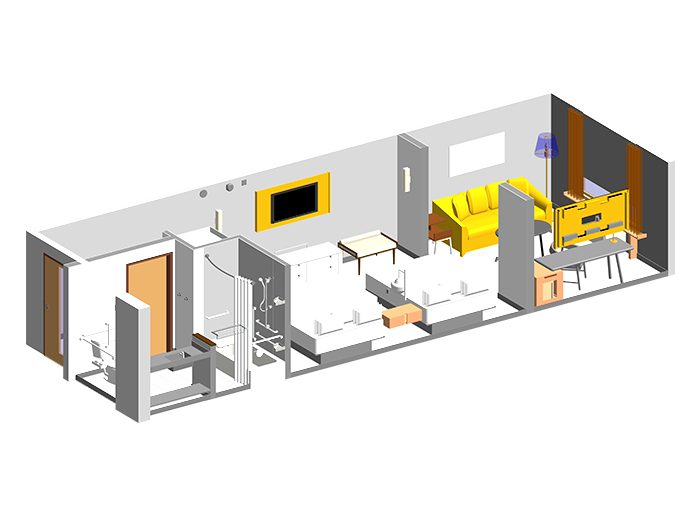
- BIM Plan Documentation & Evaluation of Pilot Project
While working on the pilot project, it is essential to document everything from the BIM process to the differences in productivity due to transition.
At this stage, it is important to understand the expectations of other stakeholders in the value chain, too. Talk to your clients and other stakeholders to understand how your BIM process can be tweaked to offer them the required support.
Instead of moving ahead directly with defined Levels of BIM or creating your own standards, it is important to understand your role in the BIM lifecycle. As BIM is all about collaboration and communication, taking all the stakeholders along, right from the beginning will help in the long run.
Also, it is important not only to measure your productivity, goal achievement and tweak your set roadmap but to document the hurdles faced during BIM adoption in the pilot project. This will allow your team and the management to find valuable solutions to the struggles faced during BIM adoption.
- Evolving the Learning Curve by Findings of Pilot Project
A pilot project can help you understand the BIM tools as well as gauge your internal training and development requirements. As the transition will not be entirely smooth, it is better to equip your team with advanced skill sets to make them ready for complex BIM projects in the future.
You should learn from the findings of your pilot project and train people strategically to speed up the BIM adoption. Instead of providing generic training to everyone within your team, it’s better to adopt a focused learning and development approach that trains people on-the-go as per the requirement. This way they will evolve gradually eliminating the hurdles associated with change management.
- Application of BIM Training on Live Project
Once you have efficiently got hold of your pilot project, it’s time to implement your learnings to a live project. During the pilot, you might have trained many members of the team and by working on the live projects, you will learn how clearly your team has understood the BIM principles.
It is important not to let your team members switch to traditional workflow as it can reduce their productivity and make them more resistant to change.
Feel free to check out a case study of our previous project, BIM implementation during a new hotel construction. It included 3D modeling, 4D- scheduling and planning and 5D- cost estimation throughout the construction project.
Wrapping Up
Now that you know how to get started with BIM, power your BIM adoption process through strategic selection of a pilot project. If you feel stuck at any point, get in touch with our BIM experts, right away. With an experienced team of professionals well-versed with BIM principles, United BIM can efficiently handle projects of all scales and bring unprecedented efficiencies throughout the entire lifecycle of a project. Contact Us.
About the Author

Coordination Manager / VDC Manager at United BIM
With over 10 years of experience in the AEC industry, Akash Patel is a seasoned Coordination Manager and VDC Manager at United BIM. His expertise lies in managing complex MEP-FP coordination projects and leveraging cutting-edge BIM technology to ensure seamless collaboration and precision. Akash is dedicated to delivering high-quality, detailed models that meet the demands of modern construction. He is passionate about optimizing workflows and driving innovation within the BIM field.
